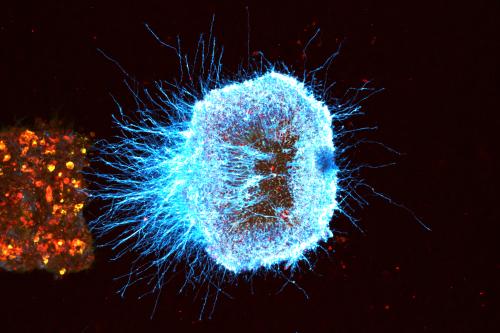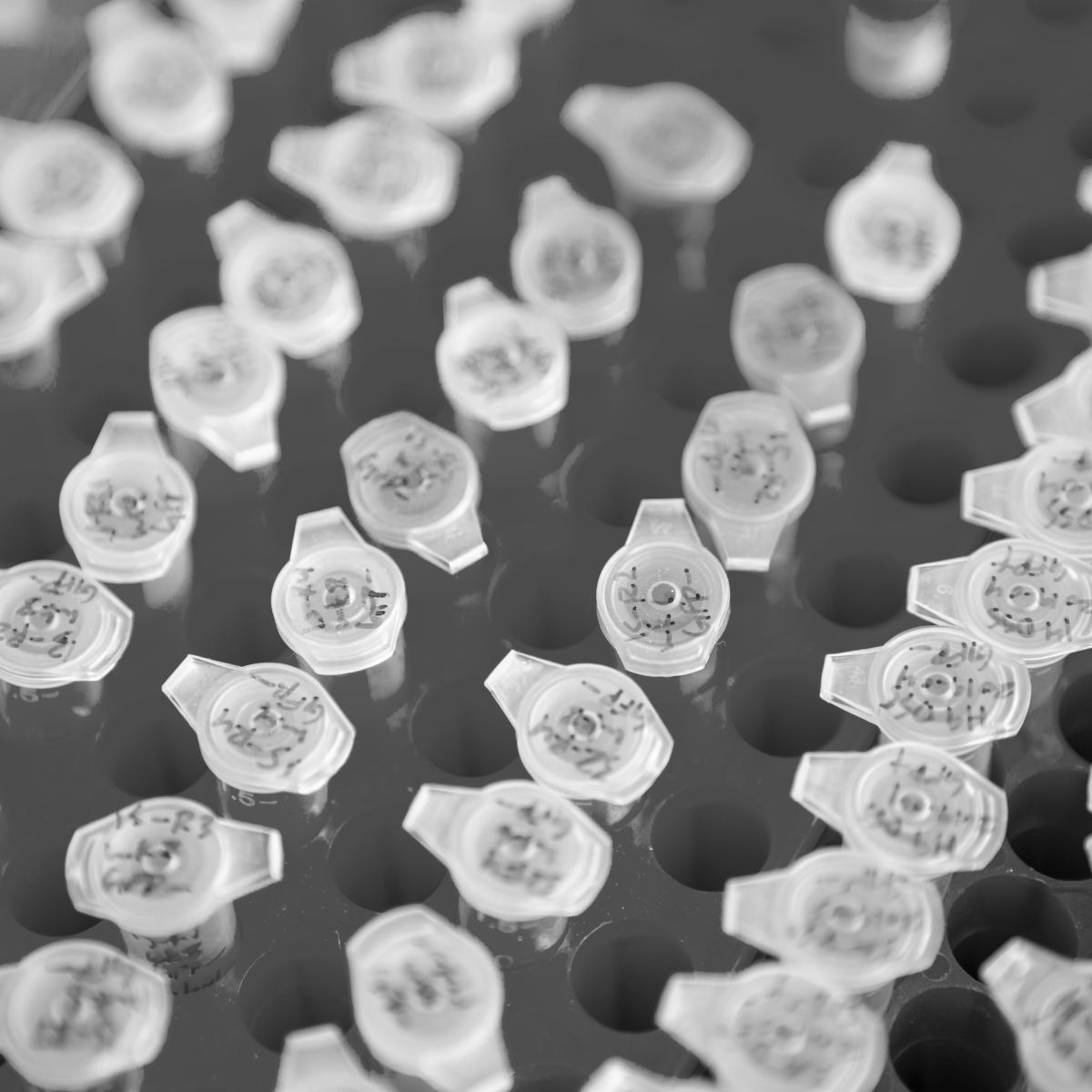

The process by which stem cells Cells that have the ability to differentiate into multiple types of cells and make an unlimited number of copies of themselves. stem cells Cells that have the ability to differentiate into multiple types of cells and make an unlimited number of copies of themselves. transform into specific, specialized cell types with distinct functions and features.
These models use lab-grown cell structures made from patient tissue samples to study human disease outside of the body. Cells are reprogrammed to a pluripotent state, then transformed into different cell types, allowing scientists to study disease processes in a controlled environment. They differ from organoids, which offer a more complex and organ-specific perspective, capturing cellular diversity and interactions.
Short for deoxyribonucleic acid, DNA is a double-stranded molecule that serves as the genetic blueprint for living organisms. Composed of four chemical bases, DNA encodes the instructions necessary for protein synthesis and governs the development, function, and inheritance of traits in an organism.
